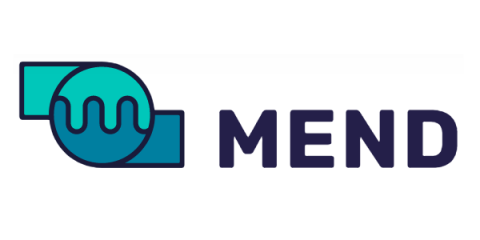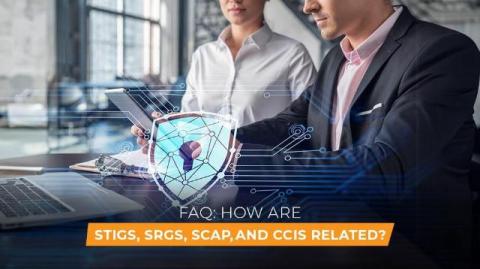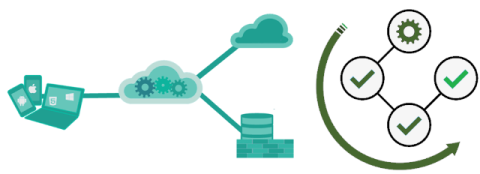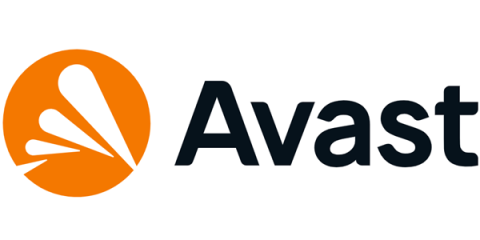Is it Time to Rethink Your Security Stack?
The cybersecurity threat landscape is constantly evolving, requiring organizations to regularly evaluate their security stack to ensure it not only offers the highest level of protection, but is operated by a firm with a long track record of developing, implementing, and properly maintaining the highest quality security tools.











